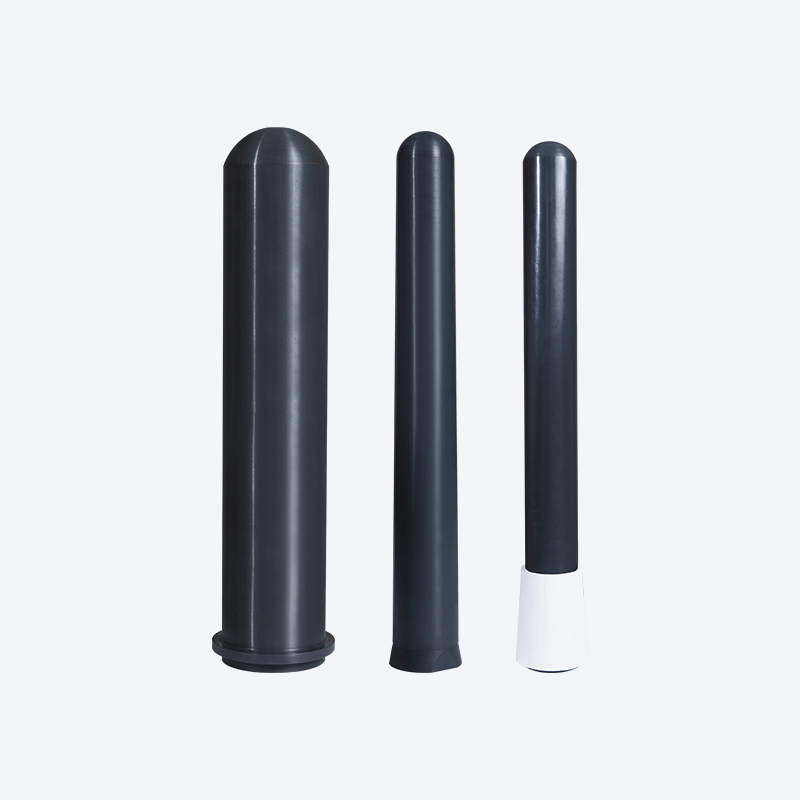Choosing the Right Heater Protection Tube: A Comprehensive Guide
Selecting the appropriate heater protection tube for specific applications can significantly influence the performance and safety of heating systems. With various materials, sizes, and designs available, understanding the key factors to consider is crucial for ensuring optimal functionality.
Key Factors to Consider
Material Composition: The choice of material for heater protection tubes is paramount. Common materials include:
Ceramic: Known for its excellent thermal resistance and insulating properties, ceramic tubes are ideal for high-temperature applications. They offer outstanding durability but may be more fragile under mechanical stress.
Stainless Steel: This material is robust, resistant to corrosion, and can withstand high temperatures. Stainless steel protection tubes are often used in industrial settings where durability and strength are required.

Aluminum: Lightweight and good for thermal conduction, aluminum tubes are suitable for applications that require rapid heat transfer. However, they may not offer the same level of corrosion resistance as stainless steel.
Size and Dimensions: Proper sizing is critical for the effective performance of heater protection tubes. The diameter and length of the tube should match the heating element it is intended to protect. An improper fit can lead to inefficiencies, heat loss, or increased risk of damage.
Temperature Rating: Each material has a specific temperature tolerance. It’s essential to choose a heater protection tube that can withstand the maximum operating temperature of the heating element without degrading. This prevents failures that can result in costly downtimes.
Environmental Considerations: Assess the environment where the heating system will operate. Factors such as exposure to moisture, chemicals, or mechanical wear should influence the choice of protection tube material and design. For example, applications in corrosive environments may require specialized coatings or corrosion-resistant materials.
Application-Specific Requirements: Different industries have unique needs. For instance, food processing applications require tubes that meet health and safety standards. In contrast, aerospace applications might demand tubes that are lightweight yet capable of enduring extreme temperatures.
Installation and Maintenance
Proper installation of heater protection tubes is crucial for their effectiveness. They should be fitted securely to prevent movement and ensure maximum protection. Regular inspections and maintenance are also necessary to identify any wear or damage that could compromise the tube’s integrity.
Contact Us for Quotes and Prices!
Just let us know what you want, and we will get in touch with you as soon as possible!

 English
English 简体中文
简体中文












